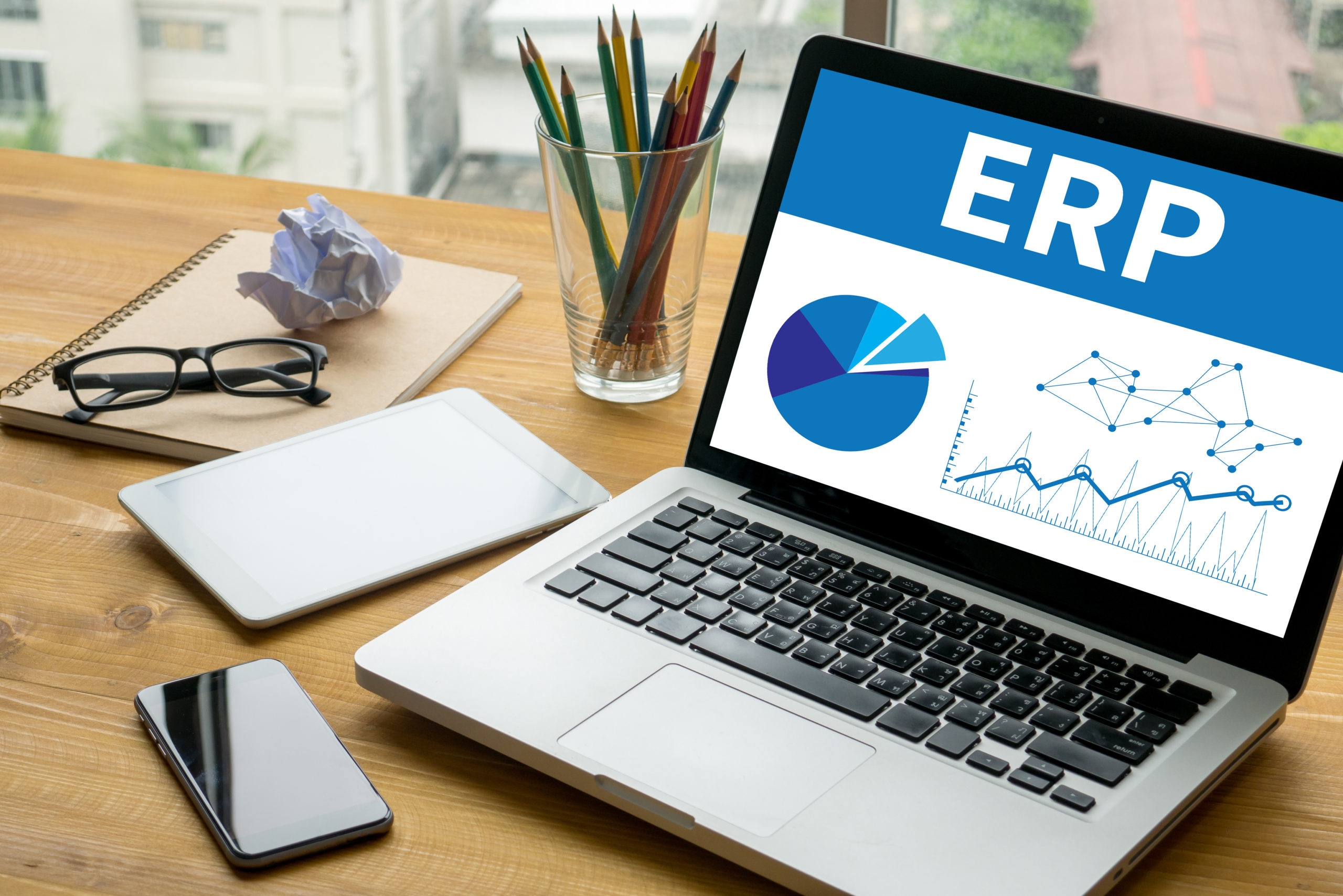Business expansion almost always necessitates an upgrade despite the vastness and adaptability of enterprise resource planning (ERP) systems. Businesses may upgrade in some circumstances due to the necessity for a more comprehensive solution with more capabilities.
There are numerous reasons to implement ERP software, but how do you ensure it is implemented properly? ERP implementations and migrations can be intimidating, particularly for businesses with obsolete business processes designed to operate within their current enterprise stack constraints. The following are the critical phases for a successful ERP deployment.
1. Begin The Planning Process
Your business must begin with a planning phase, as with any new enterprise. You should conduct early research on the leading ERP systems on the market and assemble a project team during the earliest stages. The team will develop a project timeline that includes the project’s objectives, target dates, and required resources. In big organizations, the ERP project team often consists of a project manager and representatives from each department to verify that the ERP system satisfies the demands of all stakeholders.
Additionally, hiring ERP implementation companies like NexInfo can help you form effective plans. After the planning phase, the team should grasp the objectives and key performance indicators (KPIs) to monitor. It’s critical to gain executive commitment for an ERP upgrade or replacement from the start.
On an executive level, the agreement must be reached on the ERP system’s direction, the reasons for change, and the appropriate time frame for change. While most businesses want to enhance their operations over time, it’s critical to examine and discuss the expectations that will arise both internally and externally when replacing an existing ERP system.

2. Select A Project Manager
Appoint a competent project manager to oversee the implementation process. A professional with the necessary expertise and experience will lead your employees through the process, ensuring they understand its relevance and impact on your business, as well as detailing their roles and obligations.
As a result, you must either hire someone with the requisite skillset or identify an existing employee who possesses excellent communication and management abilities to fill the project manager function. In either case, you’ll save significant time that you can devote to your core talents and other critical activities associated with a successful ERP implementation.
3. Develop Solutions
To adopt ERP properly, each department should have a say in implementing the design. They’re the best positioned on the ground to identify issues that need to be addressed. It’s possible with the assistance of an installation partner or an ERP vendor. Now, with the aid of an experienced software development team, it’s time to put these design specifications into action and develop solutions.
The best enterprise resource planning tools are entirely customizable and connect seamlessly with existing programs. At this stage of the ERP deployment process, software developers might begin developing user manuals and tutorials to aid the distribution.
4. Begin The Data Migration Process
Following selecting an ERP solution, the critical step of data transfer ensures a seamless transition and continuous software usage. Implementing an ERP system can be a significant adjustment for a business, especially if it’s the first time utilizing the software. Determine whether data are necessary for a successful transition to the often-encountered software issue.
While most software allows for data input, the transportation of large amounts of data may put the software under strain. As a result, only the most critical and necessary data should be transferred to the program. Extreme care should be taken to ensure that your migrated data can be recovered from the software when necessary.
5. Assess The System And Get It Running
After selecting the optimal ERP system and successfully migrating the data, it’s time to open the system and begin implementing your selected ERP solution. Following the infrastructure installation, you must configure and optimize the ERP system to meet your business’s demands. This process takes a significant amount of time, depending on the software and company you choose. You’re attempting to strike a balance between meticulous work and implementation time.
Numerous ERP software solutions are more robust due to their sophistication and require a more extended setup. To simplify and expedite the process, a reputable vendor will conduct extensive research and spend time analyzing your requirements before implementation. To avoid surprises, communicate the timeframe and process to your vendor in advance.
Takeaway
Modern firms make use of enterprise resource planning (ERP) technologies. Once your new ERP system is operational, you’ll want to ensure that all staff members are on board. It necessitates a protracted process of adoption. Stick to the procedures given above, and don’t forget to evaluate and test your upgrade regularly to ensure that it’s functioning correctly for your business.
















